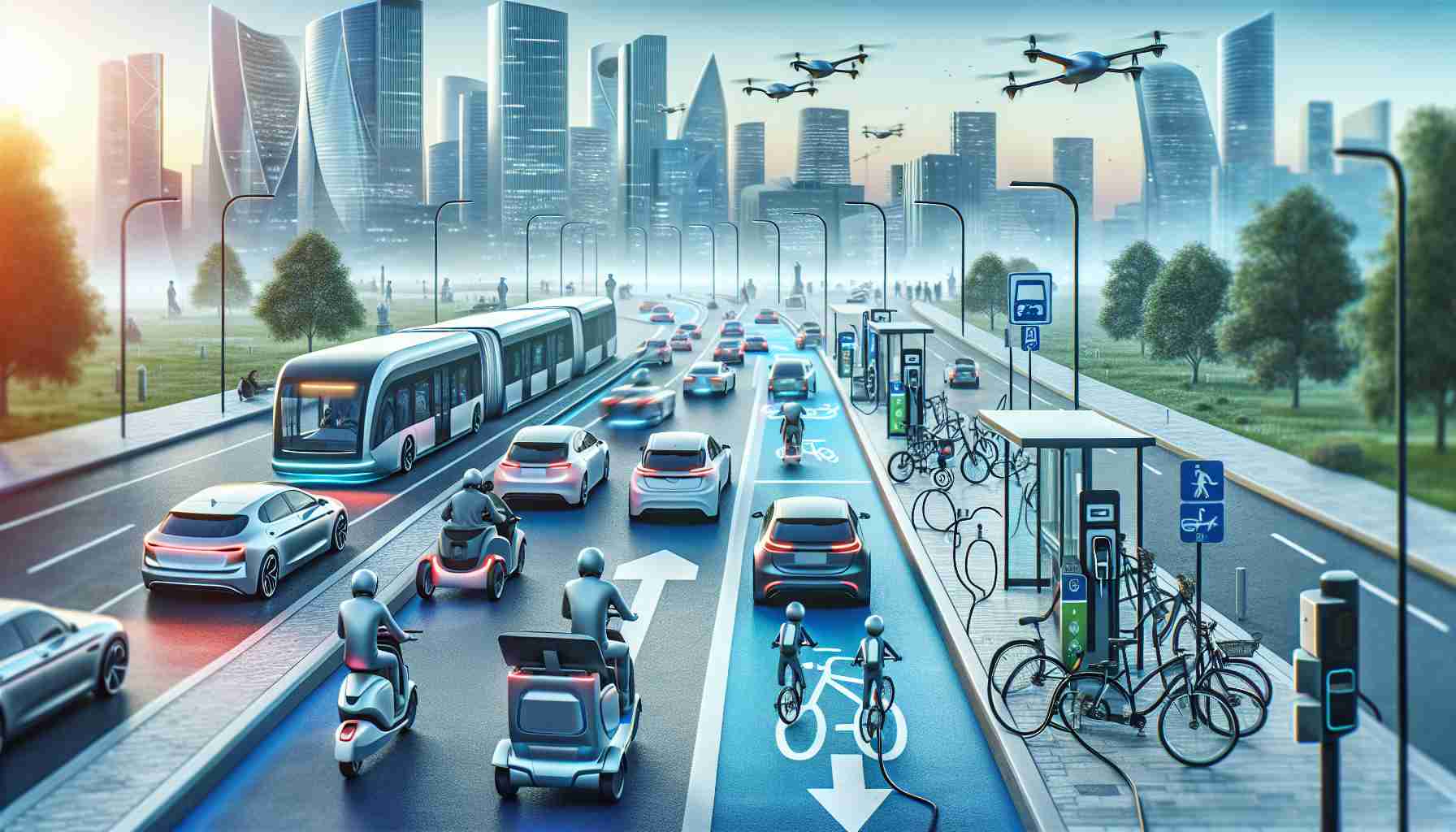LGES and Ford Unite for Sustainable Future
In an exciting collaboration for the future of electric mobility, LG Energy Solution (LGES) and Ford have joined forces to revolutionize the battery supply chain. The partnership signals a shift towards a more sustainable approach to manufacturing electric vehicles, with LGES relocating battery production for the Ford Mustang Mach-E from Europe to the United States.
Pioneering Innovation in Green Technology
The groundbreaking contract between LGES and Ford is not only set to boost the manufacturing capacity of the South Korean battery supplier in the EU but also aims to enhance Ford’s ability to meet stringent battery-sourcing requirements for EVs across Europe, the United Kingdom, and the United States.
Empowering Electric Vans with Cutting-Edge Batteries
Under the terms of the agreement, LG Energy Solution will supply a whopping 109 GWh of batteries to Ford for its electric commercial vans, with the contract slated to kick off in 2026 and run for a period of four to six years. The move underscores a commitment to innovation and sustainability as Ford prepares to unleash its electric commercial vans in the European market.
Driving Towards a Greener Future
By transitioning battery production for the Ford Mustang Mach-E to Michigan by 2025, LGES and Ford are not only aiming to boost operational efficiency but also to leverage market conditions effectively. The shift to LGES’ Michigan facility is poised to capitalize on opportunities like the IRA tax credits, symbolizing a significant step towards a cleaner, more sustainable future for the automotive industry.
Advancing Electric Mobility through Industry Innovations
As the electric mobility sector continues to evolve, various companies are taking significant strides to expand the horizons of sustainable transportation. Beyond the collaboration between LG Energy Solution (LGES) and Ford highlighted in a recent groundbreaking partnership, there are additional noteworthy developments shaping the landscape of electric mobility.
New Frontiers in Battery Technology
One of the key questions that arises in the context of electric mobility is the advancement of battery technology. While LGES and Ford are focusing on enhancing battery supply chains for electric vehicles, other companies are also pushing the boundaries of innovation in this area. For instance, companies like Tesla and Panasonic are pioneering new battery technologies, such as solid-state batteries, that have the potential to revolutionize the electric vehicle market by offering improved energy density and faster charging capabilities.
Infrastructure Challenges and Opportunities
Another important aspect to consider when discussing the expansion of electric mobility is the infrastructure required to support widespread adoption. Questions surrounding the development of charging infrastructure, grid capacity upgrades, and renewable energy integration are crucial for enabling the transition to electric vehicles on a larger scale. Addressing these challenges effectively will be essential for accelerating the growth of electric mobility and ensuring a seamless experience for consumers.
Advantages and Disadvantages of Electric Mobility
Electric mobility offers numerous advantages, including reduced greenhouse gas emissions, lower operating costs compared to traditional vehicles, and a quieter driving experience. Additionally, electric vehicles contribute to improving air quality in urban areas and reducing our dependence on fossil fuels. However, challenges such as range anxiety, limited charging infrastructure in some regions, longer refueling times compared to traditional vehicles, and concerns about the environmental impact of battery production and disposal remain key considerations for the industry.
Exploring the Future of Sustainable Transportation
In navigating the complexities of electric mobility, it is crucial for industry players to collaborate on research and development initiatives, share best practices, and address regulatory challenges to foster a more sustainable future for transportation. By harnessing the power of innovation and embracing opportunities for cross-sector partnerships, the electric mobility sector can continue to expand its horizons and drive towards a greener, more sustainable future for all.
For more insights on the latest trends and innovations in electric mobility, visit Electric Drive.
